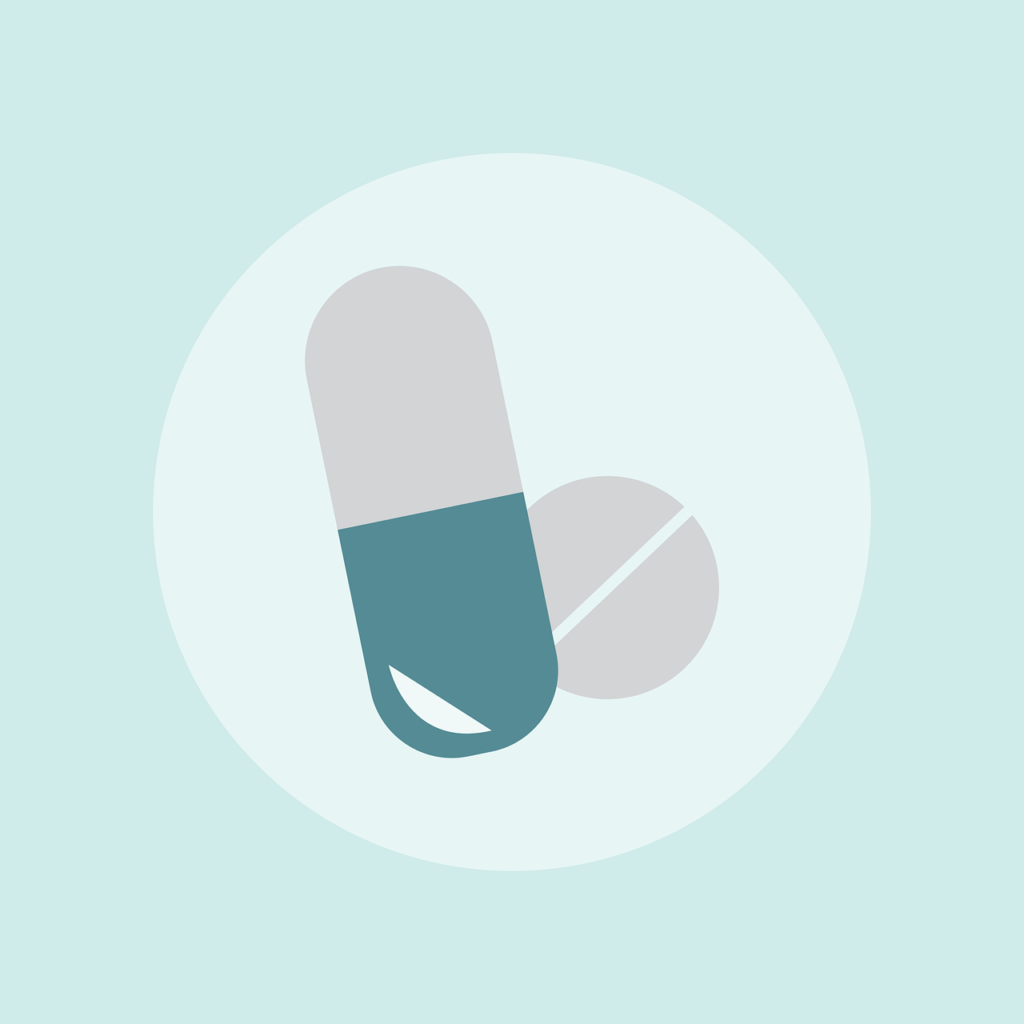
By Christine Vestal, Stateline
With drug overdose deaths soaring during the pandemic to the highest levels ever recorded, a growing chorus of medical experts is calling on the federal government to deregulate the addiction treatment medication buprenorphine.
They argue that a requirement that doctors take an 8-hour course and submit to Drug Enforcement Administration (DEA) oversight has stymied the drug’s availability.
But opioid addiction treatment providers and a major patient group argue that, in fact, more training is needed to protect patients. Some also worry that looser rules will result in the pills being resold illegally.
The Biden administration and Congress are set to decide whether revoking provisions in the two-decade-old federal narcotics law that require the training is worth the potential harm of pills becoming more readily available.
Dr. Shawn Ryan, an addiction specialist in Cincinnati who is a member of the board of the American Society of Addiction Medicine, said he supports elimination of the requirement because diversion of the drug to illegal markets has not proven to be a serious public health problem.
“Buprenorphine diversion has never been connected with significant mortality, while in contrast, increased buprenorphine access has definitely proven to decrease overdose mortality in communities,” Ryan said.
Ryan’s group supports the elimination of the so-called X-waiver training requirement, under which doctors who prescribe buprenorphine must complete the online course and submit to potential audits by the DEA. The federal Substance Abuse and Mental Health Services Administration administers the training.
But addiction treatment providers who are not physicians argue that the training requirement is needed to ensure quality treatment. “We know what happens when doctors who prescribe opioids don’t have enough training—it’s called an opioid epidemic,” said Mark Parrino, president of the American Association for the Treatment of Opioid Dependence.
Instead of removing the guardrails designed to protect patients, Parrino argued, the federal government should consider policies that would increase Medicaid and private insurance reimbursement rates for treatment with buprenorphine and remove time-consuming pre-authorization rules that impede access to the medication.
When the U.S. Food and Drug Administration approved buprenorphine in 2002, scientists and physicians hailed it as a breakthrough in addiction treatment—a safe, easy-to-administer medication that could stem the nation’s then emerging opioid epidemic.
So far, it hasn’t met expectations. Although more than 96,000 of the nation’s 1 million physicians have been certified to prescribe buprenorphine, patient access to the addiction medication remains limited in much of the country.
Massachusetts has the highest number of doctors per capita who publicly list themselves as registered to prescribe buprenorphine, followed by Maine, Vermont, Alaska, Rhode Island, Connecticut, Maryland and New Mexico. Nebraska has the lowest number of buprenorphine prescribers per capita, followed by Iowa, Texas and Kansas.
Bipartisan Proposal
Buprenorphine’s promise was that it would mainstream addiction treatment by allowing primary care doctors, emergency physicians and other practitioners to treat the disease and allow patients to take the medication at home.
Research shows that buprenorphine is at least twice as effective at keeping people away from drugs as addiction treatment without medication. The oral medication also has been shown to dramatically reduce the risk of overdoses.
Two other FDA-approved medications for treating opioid use disorder—methadone and long-acting naltrexone—also have been found to increase the likelihood that patients with opioid use disorder will remain in treatment.
Yet only 18% of the 1.6 million Americans with opioid use disorder are receiving any addiction medications, according to the Substance Abuse and Mental Health Services Administration.
Under a federal narcotics law enacted in 2000, which anticipated the eventual FDA approval of buprenorphine for addiction treatment, doctors must obtain an X-waiver to prescribe it for that purpose. (Buprenorphine was approved by the FDA in 1981 as a painkiller and is still used for that purpose.)
A long-simmering debate over whether buprenorphine should remain regulated heated up last month when the Trump administration proposed eliminating the training rule without congressional action. In a Jan. 14 announcement, the Department of Health and Human Services said it would publish “practice guidelines” exempting physicians from the requirement.
But the Biden administration put the initiative on hold, saying it would “examine ways to increase access to buprenorphine, reduce overdose rates and save lives.”
On Feb. 8, a small, bipartisan and bicameral congressional group asked President Joe Biden to work with Congress to quickly eliminate the training requirement.
A bill sponsored this session and the previous one by Democratic U.S. Sen. Maggie Hassan of New Hampshire and Republican Sen. Lisa Murkowski of Alaska would make the change. “Removing this barrier will massively expand treatment access, making it easier for medical professionals to integrate substance use disorder treatment into primary care settings,” the group wrote in the letter to Biden.
According to the bipartisan group, the training requirement “reflects a longstanding stigma around substance use treatment and sends a message to the medical community that they lack the knowledge or ability to effectively treat individuals with substance use disorder.”
It’s unclear how quickly Congress might move on the buprenorphine proposal, but a recent warning from the federal Centers for Disease Control and Prevention about a surge in drug overdose deaths adds urgency to the issue.
According to provisional CDC death data, more than 83,000 people died of drug overdoses, primarily related to opioids, in the 12 months ending June 2020—a more than 21% increase over the previous 12 months.
In a Jan. 26 statement, the American Society of Addiction Medicine, the National Council for Behavioral Health and a handful of other addiction advocacy groups urged Congress to eliminate the training requirement as quickly as possible.
“As clinicians and advocates on the frontlines of the addiction and overdose crisis, we call on congressional leaders to confront this epidemic with the urgency and boldness it requires,” the addiction specialty groups wrote.
Similarly, more than a dozen major medical groups, including the American Medical Association, the American College of Emergency Physicians and the American College of Obstetricians and Gynecologists, urged the Department of Health and Human Services in a Jan. 27 letter to scrap the training requirement. “In this case, there’s no time to waste,” the physician organizations wrote.
In a previous call for deregulating buprenorphine, three physicians published an article in JAMA, the journal of the American Medical Association, citing France’s decision in 1995 to deregulate buprenorphine. Three years after regulations were lifted, opioid overdose deaths in France declined by 79%.
Zachary Talbott, president of the National Alliance for Medication Assisted Recovery, an organization representing more than 14,000 people in recovery who rely on addiction medicines, said his organization favors policies that make medication-assisted treatment available to more people in need. But the group opposes the proposed change because it would allow untrained doctors to prescribe the drug.
“As patients, we deserve access to trained providers. If any doctor can prescribe buprenorphine without specialty training, that belittles us as patients, and it belittles our disorder,” he said.
In Practice
In Providence, Rhode Island, Linda Hurley, CEO of nonprofit addiction treatment provider CODAC Behavioral Health, and a member of the American Association for the Treatment of Opioid Dependence, said her worries about Congress removing the training requirement are not theoretical.
“Addiction is a highly complex disease. Some people spontaneously recover once they take the medication, some go to counseling two times and that’s it, but others receive counseling for years and still relapse 30 times in their lifetime,” she said.
According to Hurley, the primary care physicians who likely would start prescribing buprenorphine in greater numbers if the training requirement were removed aren’t set up to provide the support services many addiction patients need.
“Here in Rhode Island,” Hurley said, “we don’t have a shortage of physicians with the X-waiver.” The bigger problem, she said, is that the physicians who do prescribe buprenorphine aren’t referring their patients to specialized addiction services.
“We know from extensive research that when people receive adequate treatment with buprenorphine, they’re much less likely to die of an overdose and much more likely to stay in treatment. But we don’t know what happens to people who take buprenorphine and don’t receive the support services they need,” she said.
“I wish it weren’t true, but no medication is a magic wand,” Hurley said.
In Baltimore, Dr. Zachary Dezman, an emergency physician for the University of Maryland Medical System, sees things differently.
For him, the ability to prescribe buprenorphine on the spot to patients who come into the emergency department after overdosing is crucial.
An existing exception to the DEA’s buprenorphine regulations allows emergency physicians to prescribe one buprenorphine pill per day for three days, without getting the special training.
But because patients usually can’t return to the hospital to get their subsequent pills, doctors’ hands are tied when it comes to helping patients who have nowhere else to turn. Removal of the requirement would eliminate that barrier, he said.
Emergency physicians in Baltimore are no strangers to heroin addiction, which has been prevalent in the city for decades, Dezman said. As a result, Baltimore is rich with treatment providers.
Dezman has an X-waiver but most other doctors he works with don’t. That’s not a problem in Baltimore, he explained, because finding addiction services for overdose patients who come into the emergency department is easy.
But in many parts of the country, Dezman said, particularly in rural areas where addiction treatment is scarce, the emergency department can be a patient’s only option.
According to Shatterproof, a nonprofit treatment advocacy organization, 39% of counties across the country do not have a buprenorphine prescriber with the waiver, creating a barrier to treatment for the 18 million residents of those counties.
Many emergency physicians worry that some of the patients coming into the emergency department are seeking drugs to sell on the street, Dezman said. That concern can be exacerbated when the DEA is looking over doctors’ shoulders, he said. But once doctors see the dramatic change buprenorphine can have on their patients’ lives, those concerns usually evaporate, he said.
“There’s a small minority of folks who come to the emergency department to get buprenorphine without intending to go into treatment,” Dezman said. “But I’m willing to be tricked a few times for the vast majority of those we do help out.”
Stateline, an initiative of The Pew Charitable Trusts


